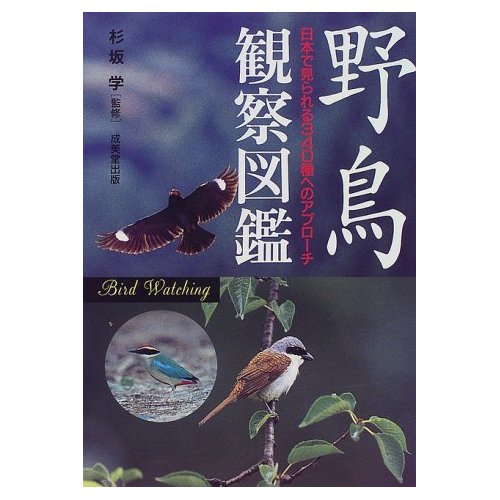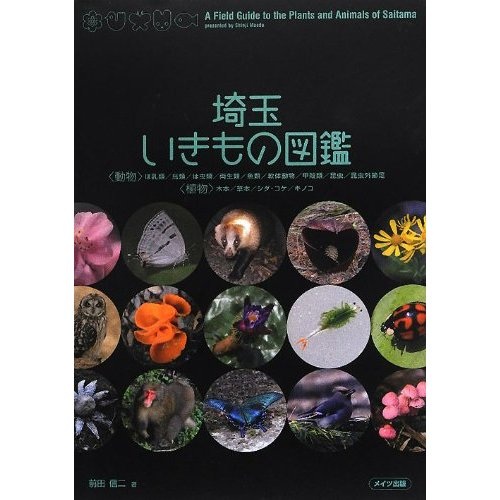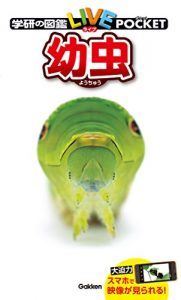Hi blog.
You could be forgiven for thinking that I had given up Wild in Japan. I’ll spare you the excuses, except the climatic ones.
April brought some shocking weather, especially after the glorious conditions we experienced at the end of March.
Temperatures plummeted to February averages, cloud and rain were the order of the day for a couple of weeks, and I had to drag out my winter jacket from storage.
It even snowed on April 8th!!
Not only was the weather miserable for most of the first three weeks of April, I was miserable and had no motivation to write anything. (A unilateral decision for me to quit all budo activities until further notice – notice which is unlikely to come for several years – didn’t help, either) Nor was there anything to write about.
Finally, the weather warmed up, sunny days and cool – not cold – nights have the norm. Glorious weather for cycling to work, with the wisterias coming into full bloom and the occasional call of the bush warbler.
I’ve mentioned this bird before, and how it is usually heard and not seen. I’ve paused and searched for the source of the call, but to no avail.
“One day, bush warblers. One day.”
Then came Golden Week, and I was too busy doing family stuff to even think about wildlife (Activities during this time can be more taxing than actual work)
It was after I came home on May 5th that an idea for a post.
Every year, our kind elderly neighbours give us some leaves for one of the Children’s Day festivities, shobu-yu, a bath infused with certain leaves.

Leaves bundled for the bath.
One type of the leaves is readily identifiable as Japanese mugwort (Artemisia indica var. maximowiczii). This plant has a plethora of common names in Japanese, the most significant being mochigusa (餅草), a reference to its use in mochi rice cakes; mogusa (艾) – the origin of the English “moxa”; and yomogi (蓬), the most common of its common names.

Close-up of the mugwort leaves.
The Japanese mugwort is known for its medicinal properties, but it is not considered necessary for shobu-yu.

Stumbled upon. A mugwort growing wild within the grounds of one of the schools I work at.
The vital leaf for shobu-yu is a complicated matter. The leaf in question is the sweet flag (Acorus calamus var. angustatus), known as shobu (菖蒲) in Japanese. The leaves of this plant not only have reputed medicinal properties, they bear a slight resemblance to sword blades (to cut through evil spirits) and the name shobu is a homophone for a word meaning martial spirit (尚武), or even an allusion to victory (勝負).
[Check boxes for 1) lucky shape and 2) fortunate homophone.]
That should be a simple matter, but nothing ever is.
You see, there are two other plants with similar shaped leaves and similar names, just to confuse the situation.
One of these plants is the Japanese iris (Iris ensata var. ensata) which goes by the Japanese name hanashobu (花菖蒲) – literally “flowering shobu”.
The other culprit is the Siberian iris (Iris sanguinea), which goes by the local name ayame, which can be written in kanji as 文目, but is more commonly rendered as 菖蒲 – the same as shobu!
As a result, a lot of people think that shobu-yu is a bath with iris leaves… I admit that I was included in this group until very recently…
I realised that I needed to talk to my neighbours about the identity of the leaves… given that they have no pond, sweet flag seemed to be out of the question… leading me to suspect one other plant…
Bingo!
The plant in question is the Japanese sweet flag (Acorus gramineus), alias Japanese rush, alias dwarf sedge. Its local name is sekisho (石菖), a reference to it being a flag with a tendency to grow on or around rocks. While this plant prefers to grow in water, it will survive (but not flower) on “dry” land. It also has medicinal properties similar to the sweet flag, as well as the sweet smell.
Shobu-yu – bath of champions!







The bush warblers are a source of amusement for my partner and I. When the weather starts to improve and the house fills with lovely, warm patches of sunlight, we like to take afternoon naps together, during which the warblers break out in serenading song. At once point I turned to my partner and asked, “Do you think the birds know they’re cliche?”
An interesting thought.
Right now I can enjoy the early morning calls of azure-winged magpies and cuckoos.
There’s a particularly noisy bird outside our window recently. For such a small thing, it sure has a loud (and obnoxious) call.
That’s a lovely custom, and I enjoyed your sleuthing to track down the type of leaves. May the gesture of ‘champion’ bathing take good effect.
Thanks for the shout.
Of course, the bath is a boys thing.
(Unfortunately, it won’t help me get permission to go back to training)